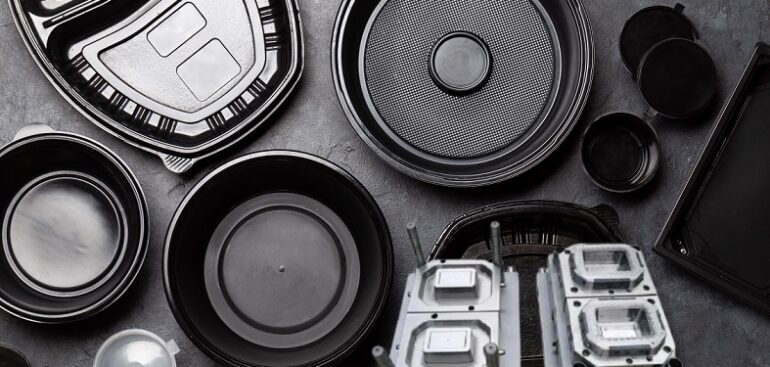Designing a mold for disposable food containers involves several considerations such as the material used, the design of the container, the production method, and the required volume of production.
Material Selection: Choose a suitable material for the mold. Common options include steel and aluminum. Aluminum is often preferred for its lighter weight and faster heat transfer properties, while steel molds are more durable and suitable for high-volume production.
Container Design: Decide on the design of the disposable food container. Consider factors such as size, shape, compartments (if any), and any specific features required for the intended use (e.g., lids, sealing mechanisms).
Mold Design: Design the mold based on the chosen material and container design. This involves CAD (Computer-Aided Design) software to create detailed 2D and 3D designs of the mold.
Manufacturing Process: Determine the manufacturing process for the mold. Common methods include CNC machining, EDM (Electrical Discharge Machining), and casting. CNC machining is often used for precision molds, while casting can be more cost-effective for larger molds.
Mold Components: Identify the components of the mold, such as the core, cavity, ejector pins, cooling channels, and any slides or lifters needed for complex features.
Tooling: Once the mold design is finalized, tooling is created based on the design specifications. This involves precise machining and assembly of the mold components.
Testing and Optimization: Test the mold with sample materials to ensure that it produces containers to the desired specifications. Make any necessary adjustments or optimizations to improve the production process and quality of the containers.
Production: Once the mold is finalized and tested, it can be used for mass production of disposable food containers. The production process may involve injection molding, thermoforming, or other suitable methods depending on the material and design of the containers.
Maintenance: Regular maintenance of the mold is essential to ensure its longevity and consistent performance. This may include cleaning, lubrication, and periodic inspection for wear and damage.
Quality Control: Implement quality control measures throughout the production process to ensure that the containers meet safety and quality standards.
It’s important to note that designing a mold for disposable food containers requires expertise in mold design and manufacturing processes. Working with experienced professionals or consulting with mold manufacturers can help ensure a successful outcome. Additionally, factors such as regulatory requirements and sustainability considerations should also be taken into account during the design and production process.

